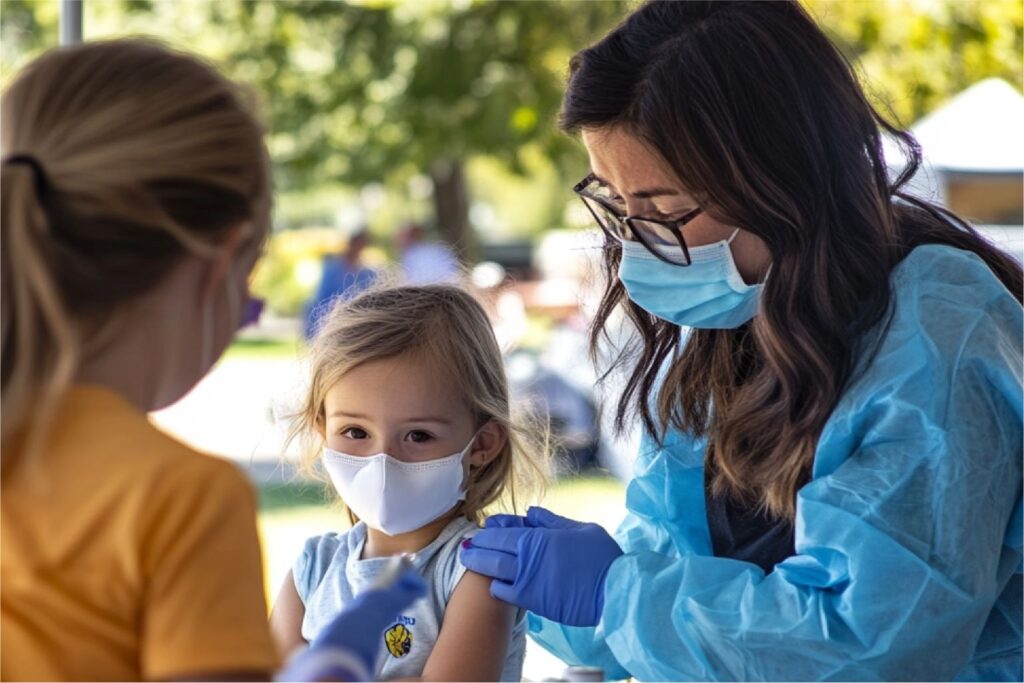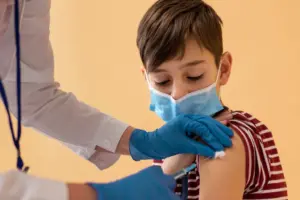
After decades of success in expanding global vaccine coverage, progress has now stalled and, in many countries, is reversing, leaving millions of children exposed to deadly, vaccine-preventable diseases, a major new analysis in The Lancet has warned.
The study, led by the University of Washington, found that vaccination rates for measles, polio, diphtheria, tetanus, whooping cough and tuberculosis have declined in many parts of the world, largely due to health inequalities, pandemic disruptions and rising vaccine misinformation, and hesitancy.
Also Read | WHO recommends first-ever RSV vaccines to protect infants
Globally, vaccination programs have saved an estimated 154 million children over the past 50 years. The number of “zero-dose” children, those who receive no vaccines at all, fell by 75% between 1980 and 2019. But since 2010, progress has stalled, and coverage for key childhood vaccines has dropped in 100 countries, including high-income nations such as France, Italy, Japan, the UK, and the US.
“Despite 50 years of effort, large numbers of children remain under- or unvaccinated,” said Dr Jonathan Mosser, senior author from the Institute for Health Metrics and Evaluation (IHME). “Misinformation and hesitancy, combined with health inequities, are driving the risk of outbreaks.”
The report warns that the global 2030 targets for child immunisation are unlikely to be met without urgent action.
Persistent challenges include social inequities, pandemic aftershocks, and misinformation online. “Successful vaccination programs depend on responding to people’s beliefs and concerns,” said lead author, Dr. Emily Haeuser.
Experts also stressed that vaccination remains one of the most powerful tools to protect child health, but its future depends on public trust and sustained investment. “Its continued success depends on addressing inequity and restoring public confidence,” said Professor Helen Bedford of University College London.








